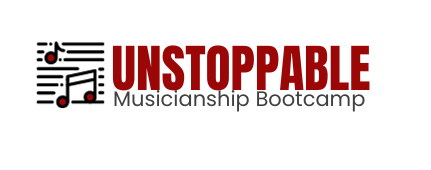Part 3: Musical Alphabet vs. Instrument Lessons
Contents
Part 3: Musical Alphabet vs. Instrument Lessons (this post)
Part 4: Karaoke Solfege at Music Institutions
We’ll first begin with some background information related to the software industry, then tie this to learning music.
Martin Fowler’s book titled “Refactoring” was released in 1999, and this was an important win for the technology industry. Prior to this, we would write software and over time, that software would become increasingly bloated, paradoxically increasingly calcified yet fragile, and difficult to maintain and extend. Fowler advocated refactoring code periodically such that code bases would continue to be maintainable and extensible over time. To do this, we divide the software development process into two parts:
Add new code and functionality, without regard to how clean or messy the structure of this new code is, until we know it works.
Freeze the functionality of the code, ensuring there is a test harness in place to catch inadvertent changes in functionality, and prune / fix / streamline the structure of the code.
Without doing this, every time an error is introduced, we must ask: was there an error in introducing new functionality, or did the error occur when we tried to change the design? This can be a time-consuming process of elimination and involves unnecessary added complexity. By knowing where we are in the development process, we are quickly able to pinpoint where the error occurred.
While Yvonne Combe didn’t know anything about software development, by offering both solfege classes and private instrument lessons, she was using refactoring to take an impossible problem (how do we learn about music?) and turn that into two more manageable problems to solve. The key to knowing what to refactor is to learn to identify and decouple logically unrelated things. Specifically with music:
Teach the musical equivalent of the alphabet so students could begin to hack both the brain and body to understand the structure of music
Apply what was learned about the structure of music while tackling the mechanics of a specific instrument, focusing on technique, musicality, and efficient practice methods.
By using the voice as a instrument and having solfege students sing “do re mi” while conducting time, we can focus on understanding and mastering ever complex musical structures while extrapolating out the complexities associated with learning another instrument. Learning about the structure of music can progress unimpeded, regardless of age. Often people ask: when can my child begin learning piano or some other instrument? It turns out it depends. If the child is simultaneously learning about the structure of music by singing “do re mi” while conducting, they can begin learning piano or another instrument early. If they aren’t learning the musical equivalent of the alphabet before learning an instrument, they will struggle.
Because we needed to build new circuitry in the brain to learn to encounter and quickly break down new music, solfege class didn’t involve much practice, other than encountering one new, short song after another and singing “do re mi” while conducting. We deepened that understanding additionally with ear training and music dictation.
Instrument lessons were where we would take increasingly longer, more advanced pieces to work on technique and musicality, memorizing, and practicing efficiently.
Interestingly, it’s possible for someone who had French School style solfege training to walk into a conservatory and be surrounded by people who know so much more, and yet… We could set a two minute timer, sit down with a blank sheet of music paper and compose and write down eight bars of music without an instrument. Not everyone at the conservatory level was trained to do this, but this is essential knowledge.
